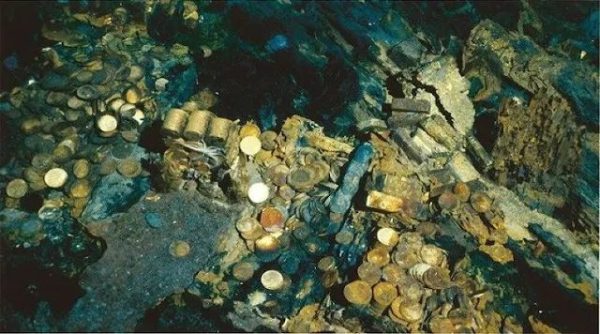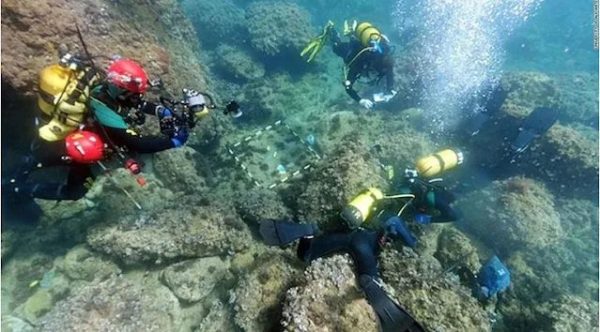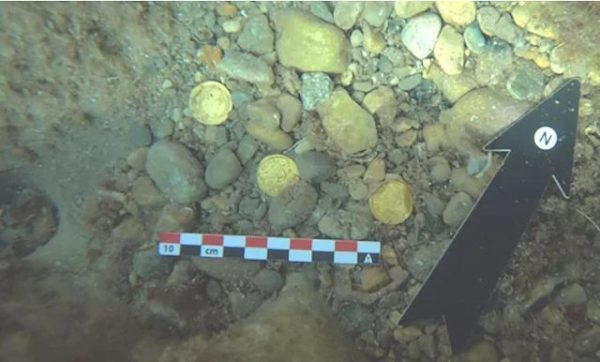The story begins when a worker found a series of strange artifacts in Africa, leading to arguably one of the most important shipwreck discoveries.

More than a century ago, a German treasure hunter found a diamond in the Namibian desert, in an area known as Sperrgebiet, or “forbidden territory.” De Beers and the Namibian government later took control of the area, turning it into a famous no-go zone near the mouth of the Orange River.
Here, a worker discovered something far more valuable than diamonds during his shift, revealing a treasure that had been lost for nearly half a millennium.

Not understanding the presence of pieces of metal, wood and pipes, he called in archaeologists. After excavating the area, archaeologists believe that it could be one of the most important shipwrecks ever found.
Although they cannot confirm it unequivocally, evidence suggests that the ship could be “The Bom Jesus”, a Portuguese ship en route to India that never reached beyond the South Atlantic.

The ship, loaded with thousands of pure gold coins in perfect condition from Spain and Portugal, is believed to date between 1525 and 1538. The cargo, including a chest full of coins, matches that of the Bom Jesus, listed as lost in a rare book from the 16th century called “Memorias Das Armadas”.
It is thought that the ship struck a rock, listed, and the superstructure began to break. However, the chest with the coins was in the captain’s cabin, it broke loose and fell intact to the bottom of the sea.
As it broke, a very heavy part of the ship’s side fell onto the chest, bending some of the coins but also protecting it.

Among the loot of gold, tin and ivory, 44,000 pounds of copper ingots were also found that could have been key to the ship’s preservation, according to marine archaeologist Bruno Werz.
The wreck is now protected in the diamond mine. Wood, muskets, cannon balls and swords are kept moist and well preserved. Most of these finds remain out of the public eye in a secret area.





